MATHINFINITY

ANCIENT COUNTING METHOD
It is hard to imagine how the concept of "number" was brought about in the ancient world. With the yield from fishing, cultivation, hunting and wars, people gradually used sign drawing, rod calculation, knots and other counting methods to record and manage the quantity of materials they owned.
Counting with Fingers and Matching
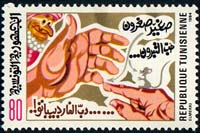
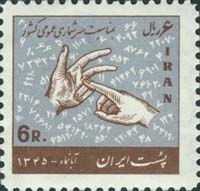
Nowadays counting with fingers is still maintained. When the ten fingers are not enough, people simply use their ten toes to do the counting. However, this is not the best solution. People started using easily found objects, such as stones, branches, shells and like to count the quantity of cows and sheeps. However, these counting methods may be confusing and the tools are inconvenient to keep and carry along.
Counting by Drawing


Marking signs on wood, stones and bones for counting purpose began from the prehistoric times. This was recorded in a lot of Chinese and foreign literature and the real objects were preserved. As early as 1600 BC to 1100 BC, counting already appeared in the oracle bone scripts in China. The Sumerians invented a way of using clays to keep numeric information by connecting small pieces of clay of different shapes with strings. Later they marked numeric signs on clay blocks and fired them to become clay plates for counting purpose. In the old Babylonian period, people marked cuneiform signs on clays with styluses, and gradually developed the sexagesimal system.
Counting Rods and Rod Calculation
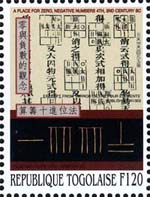
Divination was widely practiced in China during the Shang Dynasty. Rods were used for calculation and this was the earliest kind of counting rods. Counting rods were commonly used during the Warring States Periods. Both the "Chou" and "Suan" characters have the bamboo prefix as most of them are made of bamboos. However, there are also some made of wood, bones, ivory, etc. One of the advantages of counting rods is their portability. People can use them easily anywhere and anytime. Rod calculation is the method of calculation using counting rods. The ways of placing the rods have different meanings. Vertical rods represent units, hundreds and ten thousands, whereas horizontal rods represent tens, thousands and hundred thousands. This is a type of calculation tool of the decimal system.
Record Keeping by Tying Knots
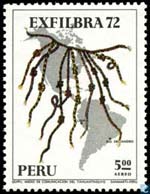
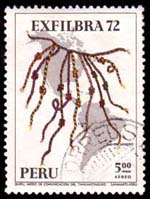
In Zhou Yi - Xi Ci Xia of China, it was recorded that knots were used for record keeping and governance. As explained by Yu Fan of the State of Wu, it means that big knots indicate great events; small knots indicate usual events; and the quantity of knots indicates the number of events. In South America, the Incas also kept records by tying knots, and it is known as Quipus. Each Quipus consists of a horizontal string, from which hang any number of knotted strings. Additional layers of strings made by the same method are put on top of it. As proved by science historian, L. Leland Locke, in 1923, Quipus uses a decimal system. The lowest part of each sting represents the units, while the upper parts represent the tens, hundreds, thousands and so on. Therefore, it is a kind of calculation tool made by tying knots.
Interactive Game

The standing Inca messenger is holding a Quipus. Concluding from numerous researches, the types, positions, directions, layers, colors and spacing of the knots correspond to the quantity of the respective objects. In addition to keeping record of harvest, tax, population and other information, Quipus is also used to record the amount of human sacrifice every year.
Did you know?
Ancient people usually carried along their counting rods in bags or pen holders. During the Tang Dynasty, government officials were required to carry along their counting rods in bags so as to increase the scientificity in their decision making.
About CMM
Contact US
Others
Other Websites
Number of Visitors:
Last Modified Date: 10/03/2025